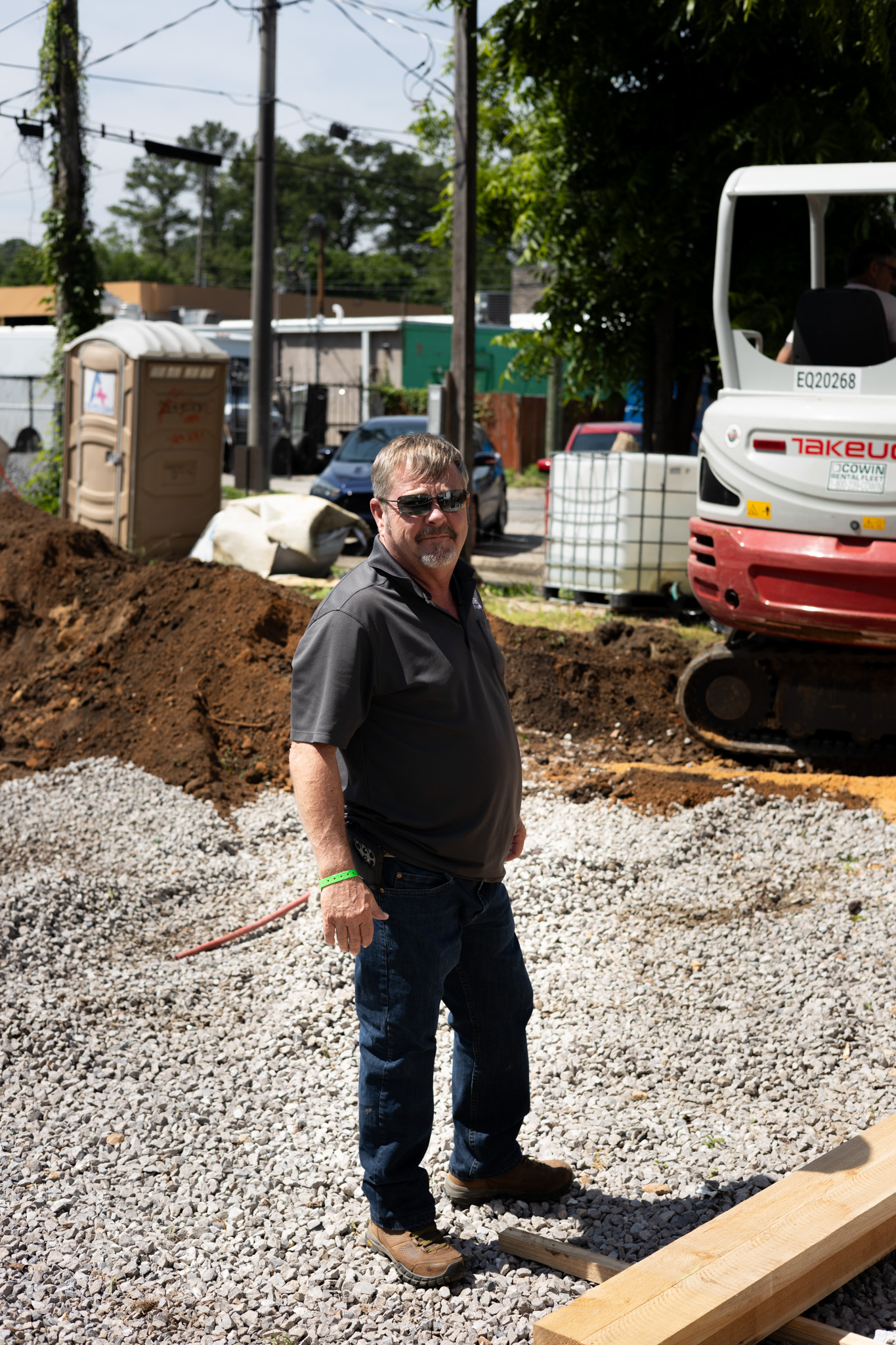
Common Issues with Water Heaters and How to Fix Them
Introduction
Water heaters are essential for providing hot water in your home. However, like any appliance, they can encounter issues over time. Understanding the common problems and knowing how to address them can save you time and money. Here are some of the most common water heater issues and how to fix them. We always recommend the help of a professional when dealing with water heaters. Contact Keith The Plumber at keith-the-plumber.com or call us at (205) 508-9630.
1. No Hot Water
• Problem: If your water heater is not producing hot water, it could be due to a malfunctioning heating element, a faulty thermostat, or a tripped circuit breaker.
• Solution:
• Electric Water Heaters: Check the circuit breaker and reset it if necessary. Test the heating elements and thermostat, and replace any faulty parts.
• Gas Water Heaters: Ensure the pilot light is lit. If not, follow the manufacturer’s instructions to relight it. If the pilot light won’t stay lit, the thermocouple may need replacement.
2. Inconsistent Water Temperature
• Problem: Fluctuating water temperature can be caused by a faulty thermostat, sediment build-up, or issues with the heating element.
• Solution:
• Thermostat: Test the thermostat and adjust or replace it as needed.
• Sediment Build-Up: Drain and flush the tank to remove sediment. If the issue persists, inspect the heating element for damage and replace it if necessary.
3. Leaking Water Heater
• Problem: Leaks can occur from the tank, pressure relief valve, or plumbing connections.
• Solution:
• Tank Leak: If the tank itself is leaking, it may need to be replaced. Check for visible cracks or corrosion.
• Pressure Relief Valve: Test the valve by lifting the lever and allowing it to snap back. If it continues to leak, it may need replacement.
• Plumbing Connections: Inspect and tighten all connections. Replace any damaged pipes or fittings.
4. Strange Noises
• Problem: Banging, popping, or rumbling noises can be caused by sediment build-up or a failing heating element.
• Solution:
• Sediment Build-Up: Drain and flush the tank to remove sediment. If noises persist, inspect the heating element for signs of damage and replace it if necessary.
5. Discolored Water
• Problem: Rust-colored or cloudy water can indicate corrosion inside the tank or sediment build-up.
• Solution:
• Corrosion: Inspect the anode rod and replace it if it’s corroded. If the tank itself is corroded, it may need to be replaced.
• Sediment Build-Up: Drain and flush the tank to clear out any sediment.
6. Low Hot Water Pressure
• Problem: Low hot water pressure can be due to sediment build-up in the pipes or the water heater itself.
• Solution:
• Sediment Build-Up: Flush the tank and clean the pipes to remove any blockages. If the issue persists, consider installing a water softener to reduce mineral build-up.
Maintenance Tips
1. Regular Inspections
• Schedule annual inspections to check for any signs of wear, leaks, or other issues.
2. Flushing the Tank
• Flush the tank at least once a year to remove sediment and maintain efficiency.
3. Testing the Pressure Relief Valve
• Test the pressure relief valve periodically to ensure it’s functioning correctly.
Conclusion
Understanding and addressing common water heater issues can help you maintain a reliable supply of hot water in your home. Regular maintenance and prompt repairs are crucial for the longevity and efficiency of your water heater. For professional water heater repair and maintenance services, contact Keith The Plumber at keith-the-plumber.com or call us at (205) 508-9630. We’re here to help with all your water heating needs.
